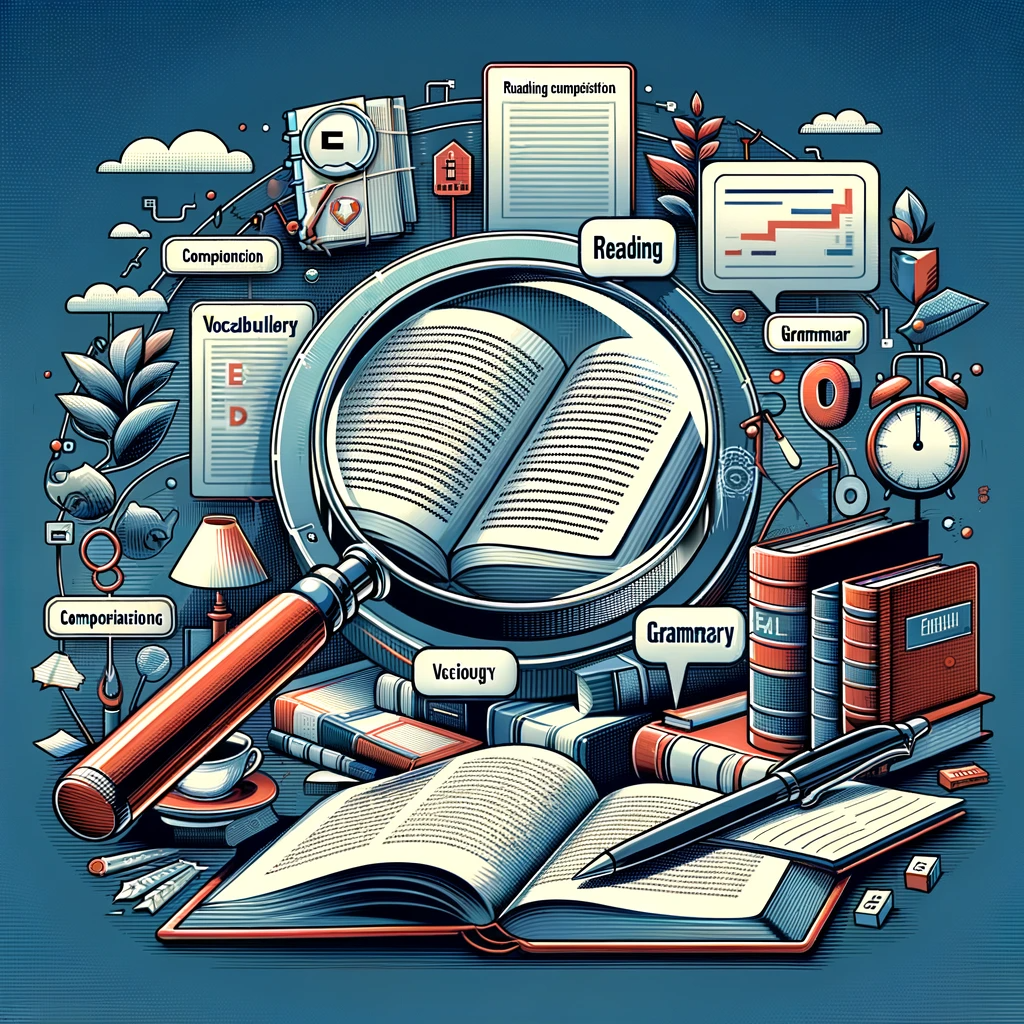As we stand at the precipice of a new era, the burgeoning advancement of Artificial Intelligence (AI) casts a long, transformative shadow over the landscape of employment. The next decade will undeniably witness a paradigm shift in the workforce as AI continues its inexorable march, intertwining inexorably with various facets of human endeavor. This imminent AI revolution poses a conundrum that is as much about the redefinition of work as it is about technological innovation.
The advent of AI has been a double-edged sword. On one flank, it promises unparalleled efficiency, the ability to parse through and analyze vast troves of data, and the automation of mundane, repetitive tasks. This, in turn, can liberate the human intellect to pursue more creative and strategic pursuits, fostering an environment where human ingenuity is used to its fullest potential. Jobs that require a high degree of creativity, emotional intelligence, and strategic thinking are likely to see a surge, as these remain domains where human capabilities distinctly outshine algorithmic computations.
On the other flank, however, lurks the specter of significant job displacement. As AI systems become increasingly sophisticated, they will inevitably encroach upon and excel in tasks that have traditionally been the preserve of humans. This is not just limited to menial or routine jobs; even roles that require complex decision-making are not immune to AI’s reach. The result is a potential upheaval in the job market, with certain skill sets becoming obsolete, forcing a swath of the workforce to reorient and retrain themselves in an AI-dominated landscape.
The next decade is likely to see a polarizing effect on employment due to AI. High-skill individuals may find their value augmented by AI, as they leverage these advancements to enhance their productivity and creative output. Conversely, workers with skills that AI can replicate or surpass may find themselves on precarious ground, necessitating a fundamental reevaluation of their role in a rapidly evolving job market. The necessity of lifelong learning and adaptability becomes paramount, as the half-life of skills shortens in the face of relentless technological progression.
Moreover, the integration of AI into the workforce raises pertinent questions about economic disparities and access to employment opportunities. The risk of a widened gap between the “AI-haves” and “AI-have-nots” is palpable, potentially exacerbating existing socioeconomic disparities. This necessitates thoughtful policy interventions aimed at ensuring that the benefits of AI are equitably distributed and that the transition towards an AI-centric workforce does not leave segments of the population disenfranchised.
The AI revolution will likely catalyze a significant restructuring of the job market, demanding a reconfiguration of skills, roles, and economic policies. Navigating this transformation will require a concerted effort from all stakeholders – governments, educational institutions, businesses, and individuals. It is imperative that we brace for this change, not with trepidation, but with a resolve to harness AI’s potential for the greater good, ensuring that its ascent serves to uplift, rather than destabilize, the fabric of our employment landscape.
Questions
- According to the passage, what is a potential positive outcome of the advancement of AI in the workforce?
a) The complete automation of all jobs
b) Increased efficiency and liberation of human intellect for creative tasks
c) The reduction in the need for human employment
d) The ability of AI to completely replace human emotional intelligence
- What does the passage imply about low-skill jobs in the era of AI?
a) They will become more valuable and sought after
b) They are at risk of being replaced by AI
c) They will remain unchanged
d) They will be the only jobs available to humans
- The passage suggests that the integration of AI in the workforce will necessitate:
a) The abandonment of all traditional jobs
b) A fundamental reevaluation of certain roles and the necessity for retraining
c) The complete dependency on AI for all creative work
d) The refusal to adopt AI in certain sectors
- What concern does the passage raise about the socio-economic impact of AI?
a) The inevitable decline in global economies
b) The possibility of widening the gap between different segments of society
c) The uniform benefit of AI across all socio-economic classes
d) The increase of economic disparities
- What does the term “AI-haves” and “AI-have-nots” in the passage refer to?
a) Different types of AI technologies
b) Segments of the population with or without access to AI enhancements
c) Government policies on AI
d) Companies that produce AI versus those that do not
- What does the phrase “inexorable march” (as used in the passage) mean?
a) A celebratory parade
b) A slow and steady progression
c) An unstoppable advance
d) A strategic retreat
Answers
1-b, 2-b, 3-b, 4-b, 5-b, 6-c
